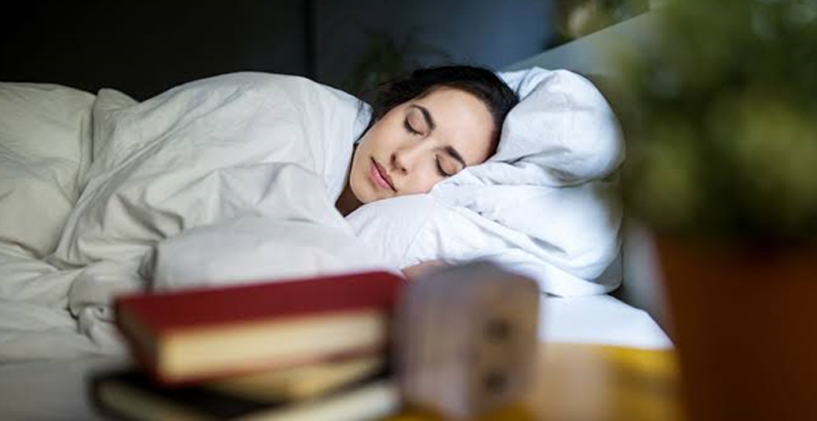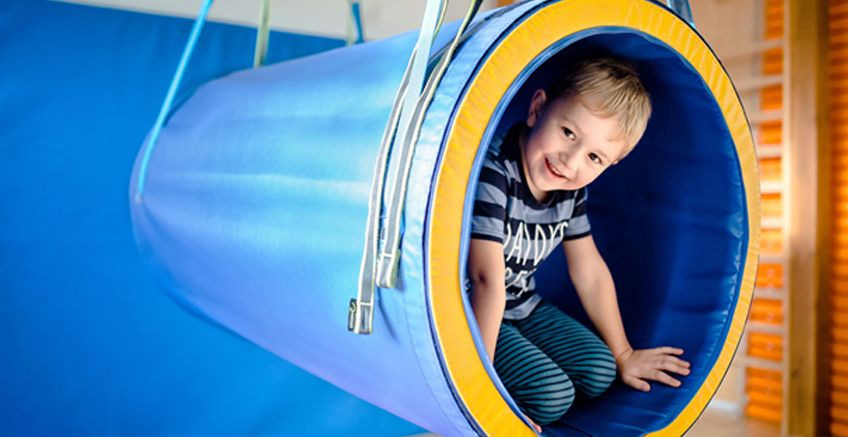How to Improve Your Indoor Air Quality to Protect Against Pollutants?

The American Lung Association released a report that found that 40% of people in the United States are living in places with particulate pollution. There are two common indoor air pollutants: volatile organic compounds (VOCs) and particulate matter. To improve indoor air quality, experts recommend using air filters, cleaning regularly, and ensuring there is proper ventilation in your home.
Four in ten Americans live in areas with polluted air, according to the American Lung Association’s 2021 report, State of the Air. Research has previously found that exposure to elevated levels of air pollution can exacerbate COVID-19 infection, and leads to higher death rates. As the United States continues its efforts to curb COVID-19 transmission, improving air quality will be critical for wellbeing.
The five cities that ranked the cleanest for ozone, year-round particle pollution, and short-term particle pollution included:
- Burlington-South Burlington-Barre, Vermont
- Charlottesville, Virginia
- Elmira-Corning, New York
- Urban Honolulu, Hawaii
- Wilmington, North Carolina
Air Quality and COVID-19
Sanjivan S. Kohli, MD, a pulmonologist at Providence Mission Hospital in California, tells Verywell that air quality impacts COVID-19 transmission. “The worse the air quality, the increased risk of triggering a cough or sneeze, or merely irritating the airways,” Kohli says. He adds that when there is an increased circulation of these particles, the rate of transmission increases.
Air quality is dependent on a variety of factors, including ventilation, according to IIan Shapiro, MD, FAAP, FACHE, medical director of health education and wellness at AltaMed Health Services.
“Proper ventilation is important for indoor spaces to reduce the transmission of COVID-19 and exposure to allergies,” Shapiro tells Verywell. “An indoor space with poor circulation and a lot of people adds fine particles, including COVID-19 dust, and other things into the air that everyone is breathing.”
Common Indoor Air Pollutants
According to David Bloom, chief science officer at Green Home Solutions and certified mold investigator, there are two common indoor pollutants: volatile organic compounds (VOCs) and particulates.
VOCs are organic compounds and are usually human-made chemicals such as paints, cleaning supplies, pesticides, and markers. “VOCs can come from building materials, chemicals that may be in housing, cleaning products, or personal care products,” Bloom says.
Particulates, on the other hand, are mixtures of solid and liquid particles that when inhaled, can cause serious health problems.
Particulate matter is formed directly from a source, such as a construction site, unpaved road, or fires. “It can come from tobacco smoking or cooking,” Bloom adds.
Can You Test the Air in Your Home?
While testing for indoor air quality is not impossible, Kohli and Bloom explain that the process is not simple. According to Bloom, an indoor air quality professional would need to test for pollutants.
However, if a tenant does not know what type of pollutant they are looking for, it could result in exorbitant costs for tests, Bloom adds. “Because if you don’t have a good idea of what you’re looking for, then you could spend a lot of money performing tests that are really unnecessary,” he says.
Checking air quality can be particularly challenging because air quality is not fixed. “And the reason for that is that indoor air quality is not static, it’s changing all the time," Bloom says. "It’s changing with our movements, with our ventilation changes. It changes every time you open a door or window."
Improving Your Indoor Air Quality
According to Shapiro, however, there are more affordable methods of improving air quality than hiring an indoor air quality expert. For people with air conditioners, Shapiro says you should properly clean the conditioner’s filter. “Using air conditioning with properly cleaned filters can reduce the number of particles in the air and how much we breathe in."
He adds that maintaining a regular cleaning schedule can also help. “Keep in mind, dust, pollen, and other particles stick to surfaces and our clothing so it’s important to maintain a regular cleaning schedule to reduce the number of particles in the space altogether,’ Shapiro says.
According to AirNow, the U.S. source for air quality data, the best ways you can limit pollutants in your home include:
- Use environmentally safe paints and cleaning products whenever possible.
- Some products that you use at your home or office are made with smog-forming chemicals that can evaporate into the air when you use them. Follow manufacturers’ recommendations for use and properly seal cleaners, paints, and other chemicals to prevent evaporation into the air.
- Conserve electricity. Consider setting your thermostat a little higher in the summer and lower in winter.
- Consider using gas logs instead of wood. If you use a wood-burning stove or fireplace insert, make sure it meets EPA design specifications. Burn only dry, seasoned wood.
References
This article is written by Kayla Hui. You can find the original version of this article from here.







